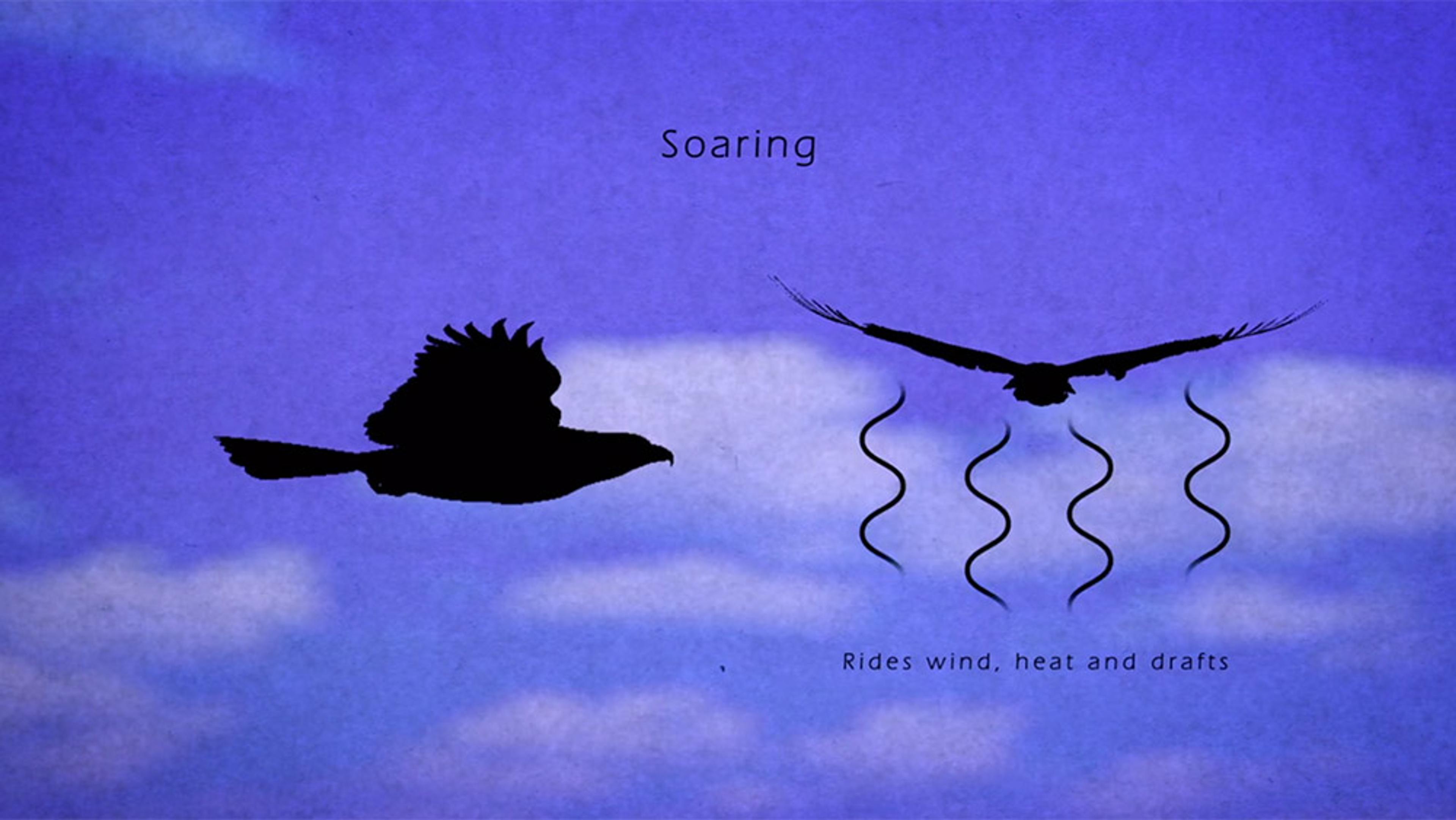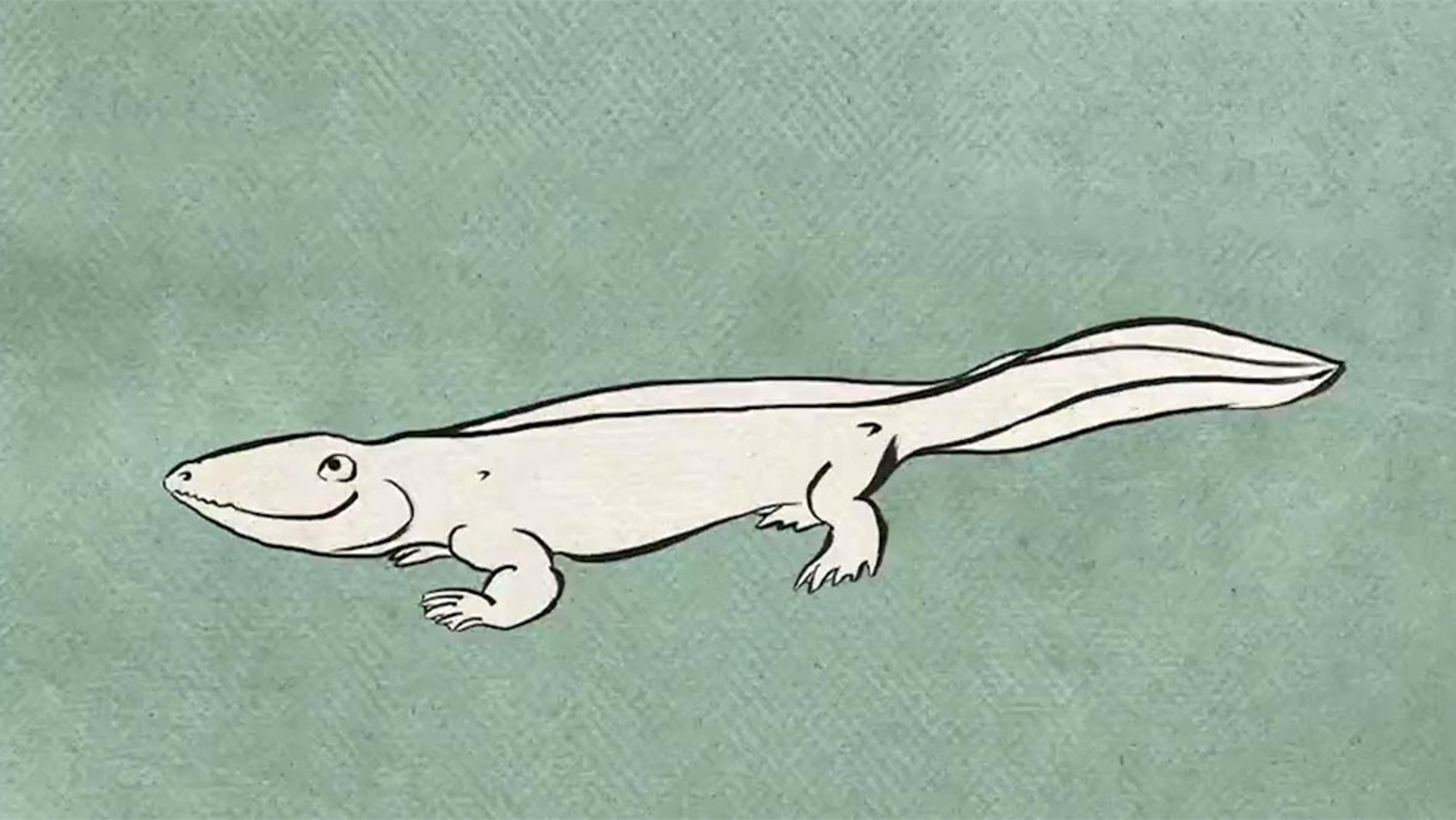The Late Cretaceous flying reptiles known as pterosaurs were contemporaries and close relatives of dinosaurs and, as far as we know, the first vertebrates to master powered flight. They came in a variety of sizes, from tiny bats to small planes. When you see the skeleton of a massive one – with a wingspan up to 39 feet (nearly 12 metres) – in a natural history museum, you might wonder how such a creature ever left the ground. Perhaps no one has spent more time pondering this question than Liz Martin-Silverstone, a palaeontologist at the University of Bristol in the UK, who specialises in biomechanics. This short video from the Sicily-based filmmaker Pierangelo Pirak uses Martin-Silverstone’s expertise in pterosaur flight as a springboard for a perhaps unanswerable, but still fun-to-ponder question – would it be possible for a human to ride one?
It’s a massive, winged Cretaceous beast – could a human ride one?
23 December 2021

videoBiology
Flight manifest: from take-off to landing, a bird’s eye introduction to flying
3 minutes

videoBiology
Beetles take flight at 6,000 frames per second in this perspective-shifting short
9 minutes

videoHuman evolution
Why did our sea-dwelling ancestors leap to land? It might have been the view
4 minutes

videoHuman evolution
Human to fish, and back again: a brisk walk through our evolutionary history
1 minute

videoBiology
There’s no one way for an insect to fly, but they’re all amazing in close up and slo-mo
7 minutes

videoHistory of science
A 1909 animation on how spiders take to the air is a charming dip into the history of science
1 minute


